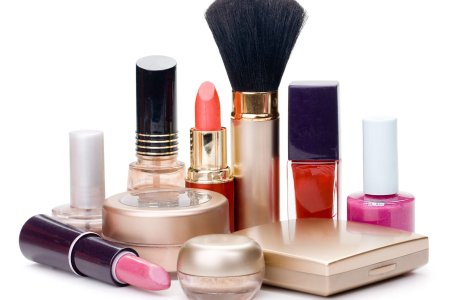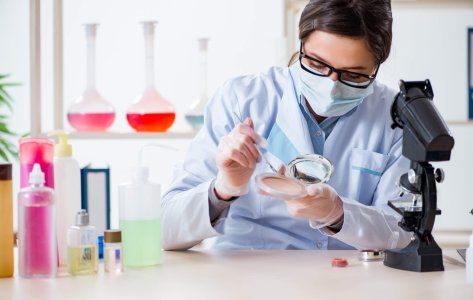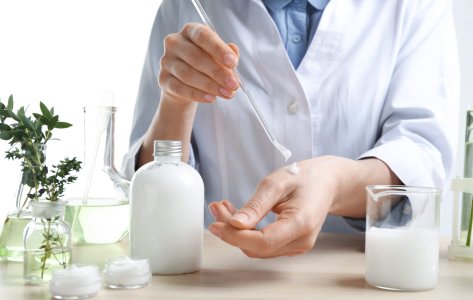- Swiss testing laboratory
ISO 18415: 2017

Hassle-free testing experience
Need to get a product tested? No worries! To and fro logistics are on us; we collect your products, test them and, deliver them back to you.
Related tests for you
Quick understanding of the test
ISO 18415: 2017 - Detection of specified and non-specified microorganisms in cosmetic products
Mandatory test strains
- Pseudomonas aeruginosa (ATCC 15442)
- Escherichia coli (ATCC 8739)
- Staphylococcus aureus (ATCC 6538P)
- Candida albicans (MTCC 3017)
The test involves diluting cosmetic samples in enrichment broth, followed by incubation to detect microbial growth.
After incubation, an aliquot of the incubated enrichment broth is streaked onto non-selective agar and incubated.
Any present microorganisms are identified using specialized identification kits.
- Validates microbiological safety of products.
- Help manufacturers to meet regulatory safety standards for cosmetic products.
Turnaround Time
Passing criteria
Do you have a product that needs testing?
Abstract
ISO 18415 standard describes a test method to identify the presence of any specified microorganisms and anaerobic mesophilic non-specified microorganisms in cosmetic products.
This standard outlines guidelines for the microbiological risk analysis specifically for Pseudomonas aeruginosa, Escherichia coli, Staphylococcus aureus, and Candida albicans.
It involves the detection of microbial growth in a non-selective liquid medium (enrichment broth) suitable for detecting microbial contamination. This is further followed by the isolation of microorganisms on non-selective agar media.
Scope and Applications of ISO 18415
This test is applicable to a wide range of cosmetic formulations, except those classified as low microbiological risk according to ISO 29621 (e.g., products with low water activity, hydro-alcoholic bases, or extreme pH values). Additionally, it may not be suitable for certain water-immiscible formulations.
ISO 18415 Test Method
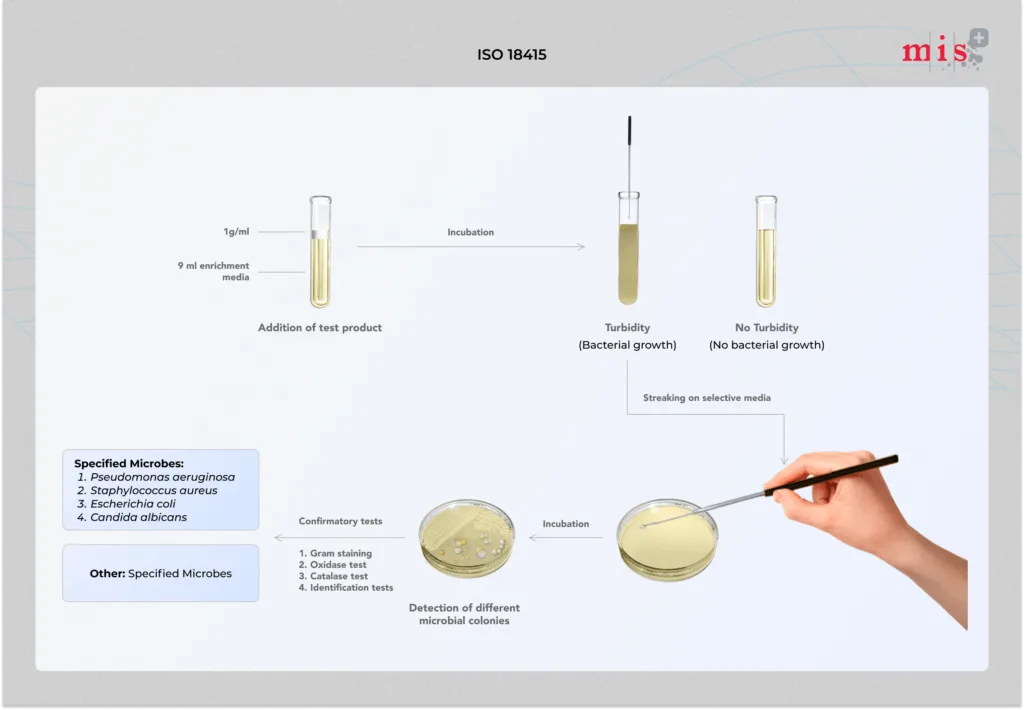
- To perform the test, cosmetic product samples are diluted in enrichment broth to prepare the initial suspension.
- Water-miscible products – 1 ml of product sample is diluted in 9 ml of enrichment broth.
- Water-immiscible products – The product sample is mixed with a dispersing agent (e.g., polysorbate 80) and then added to the enrichment broth.
- Filterable products – The product sample is transferred onto the membrane in a filtration apparatus. After filtration, the membrane is washed using water or diluent. This membrane is transferred into enrichment broth to make an initial suspension.
- This initial suspension is incubated at 32.5 °C for at least 20 h.
- After incubation, an aliquot of the incubated enrichment broth is streaked onto the surface of a non-selective agar medium in Petri dishes.
- Petri dishes are inverted and incubated at 32.5 °C for 48 h to 72 h.
- Specific tests, such as Gram staining and enzymatic assays, are employed for identification.
Importance of ISO 18415 Test
Microbially contaminated cosmetic products can cause skin allergies, irritations, and other significant health concerns to the end users. Therefore, manufacturers/ companies need to ensure their products meet the necessary microbiological safety requirements.
ISO 18415 standard stipulates the test requirements and procedures to identify potential microbial contaminants in cosmetic products. This method plays a vital role in validating the safety of cosmetic products for the well-being of customers.
Benefits of ISO 18415
Ensures product safety – ISO 18415 helps ensure that cosmetics are safe for use, especially for people with sensitive skin or compromised immune systems.
Enhanced Product Quality – Prevents contamination, ensuring consistency in formulation and safety.
Reduces Recalls & Liabilities – Minimizes financial and reputational risks by ensuring product safety.
Conclusion
Need assistance with ISO -18415 testing of your cosmetic products! MIS experts are here to help you.
We offer a comprehensive range of customizable solutions for microbiological testing of cosmetic and personal care products. Our testing services encompasses the screening of products at various stages of development including ingredients, semi-manufactured and final products.
Additionally, we also test antimicrobial efficacy of preservatives used in cosmetic products.
In our state-of-the-art testing facilities, we are dedicated to deliver test results of the highest quality and accuracy.
Additionally, we offer a range of other cosmetic testing methods, including USP 61, ISO 21149, ISO 21322, and more
To get a quote on ISO 18416 testing or any other queries related to our cosmetic testing services, reach out to our experts here.
Frequently Asked Questions

DR. Martinoz Scholtz
ISO 18415 is a standard test method for the identification of both specified and non-specified microbial contaminants in cosmetic products. The objective of the test is to ensure that cosmetic products are safe for consumer use.
ISO 18415 test method is applicable to both water-miscible and water-immiscible cosmetic products.
ISO 18415 test takes 1 week to complete.
At Microbe Investigations, we test for ISO 18415 using the following microbial strains:
Pseudomonas aeruginosa (ATCC 15442), Escherichia coli (ATCC 8739), Staphylococcus aureus (ATCC 6538P) and Candida albicans (MTCC 3017).
ISO 18515 is a critical standard to assess microbiological safety of cosmetics and meet the regulatory standards for cosmetic products. In addition, detecting objectionable microbes helps identify hygienic failures in the manufacturing process, preventing contamination risks.
It is widely required by cosmetic manufacturers, quality control laboratories, and regulatory agencies to ensure that products meet microbiological safety standards before market release.
No, it is specifically designed for cosmetic products.
The frequency of testing for compliance with ISO 18415 depends on several factors, including the type of cosmetic formulation, manufacturing process, and specific regulatory requirements in specific regions.
Meet the best of the blend of
R&D, Efficacy Testing,
Innovation and Passionate
Experts at MIS.
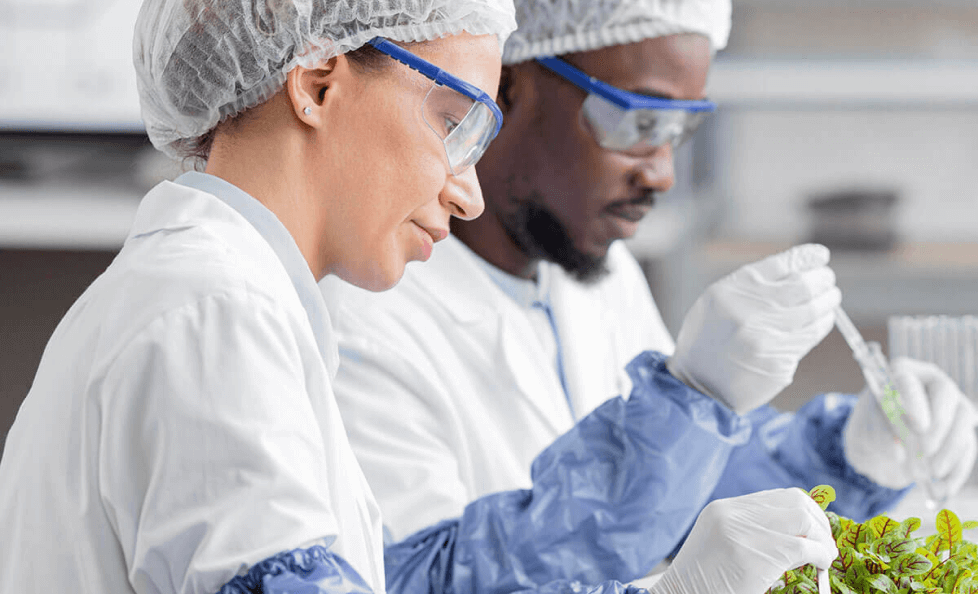
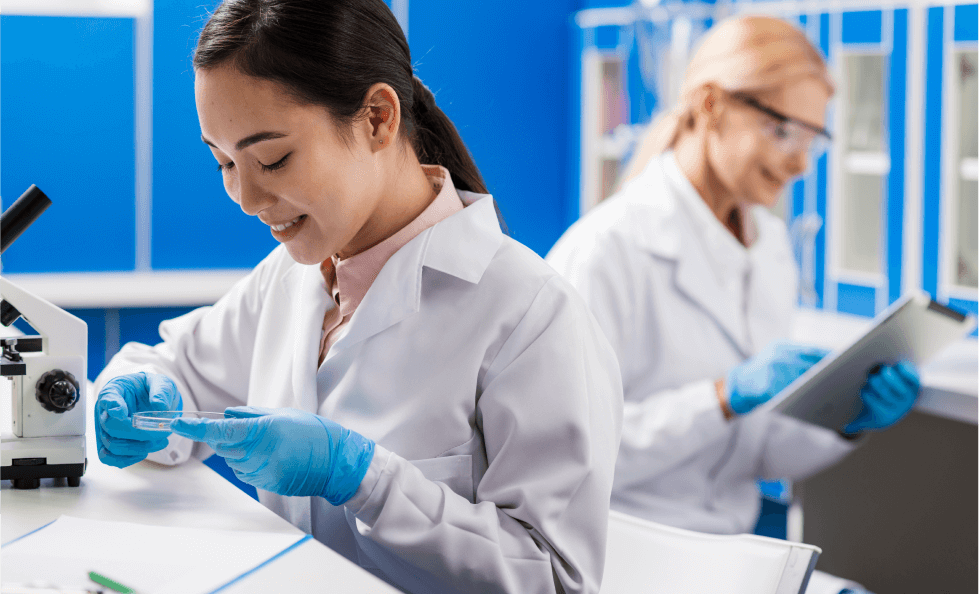
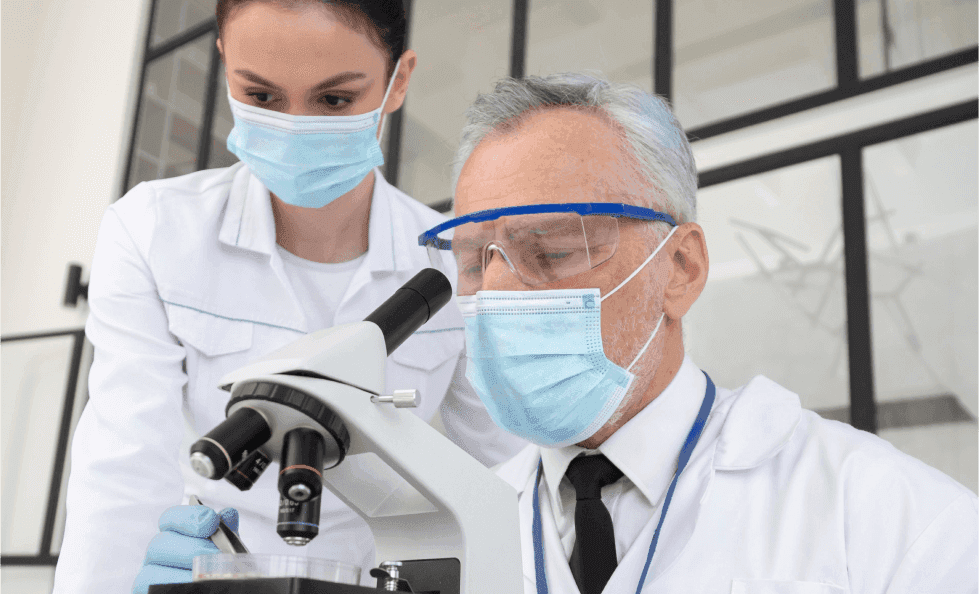
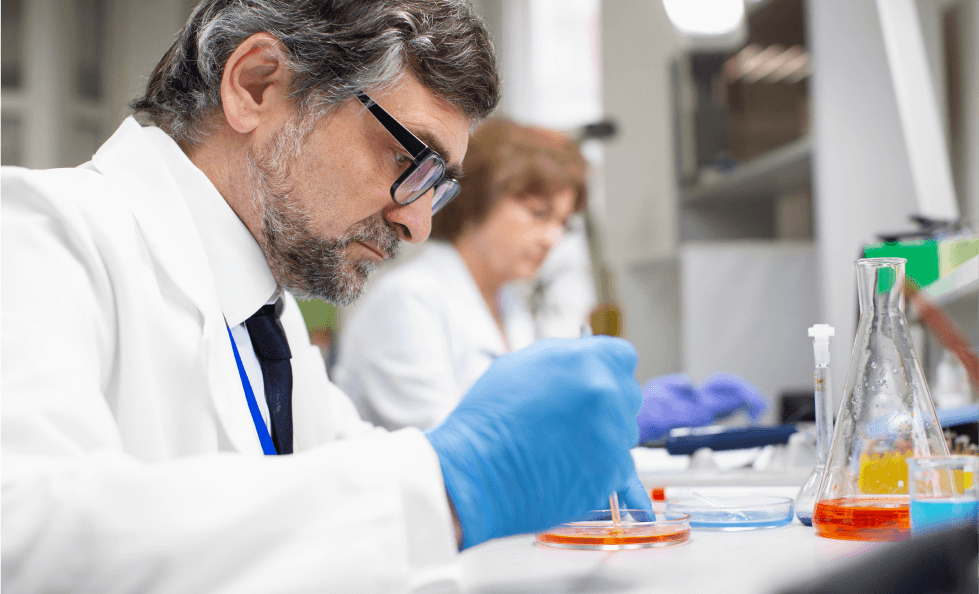
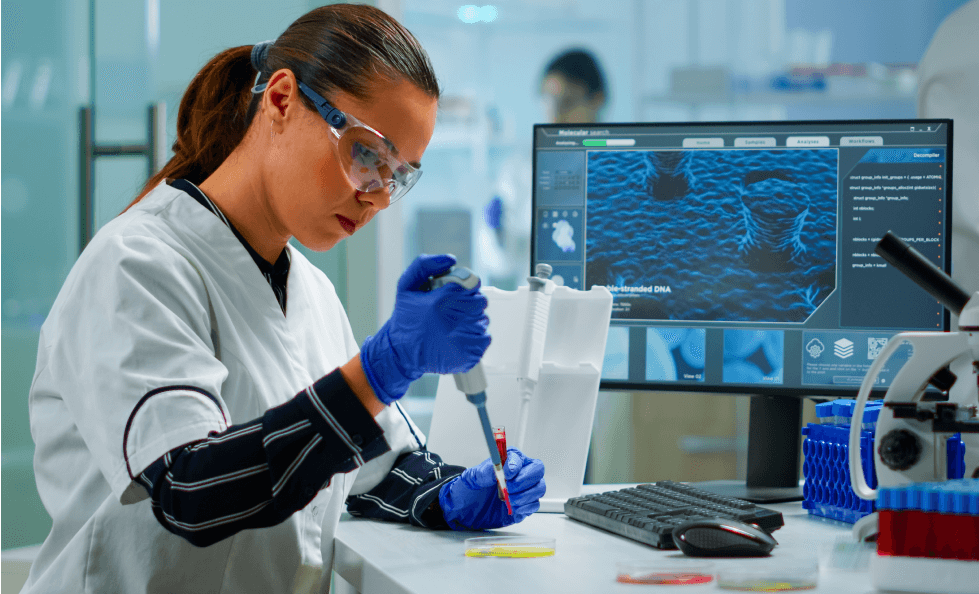
Explore More
In the cosmetics industry, safety
Evidently, with the expanding cosmetics
In the competitive world of
